Wildlife Watching in Iceland: Puffins, Whales, and Arctic Foxes
If you are like me and get a thrill from observing Wildlife in their natural habitats, then Iceland is an absolute paradise waiting to be explored. Seriously, this place is a hidden gem for all wildlife lovers! With its unique ecosystem and diverse range of creatures, you will find yourself spellbound by the wonders of Wildlife Watching in Iceland.
Today, I am here to spill all the secrets of the best puffin-watching spots, the heart-stopping moments of Whale watching, and the elusive Arctic fox encounters. So, buckle up because we’re about to embark on a wild adventure!
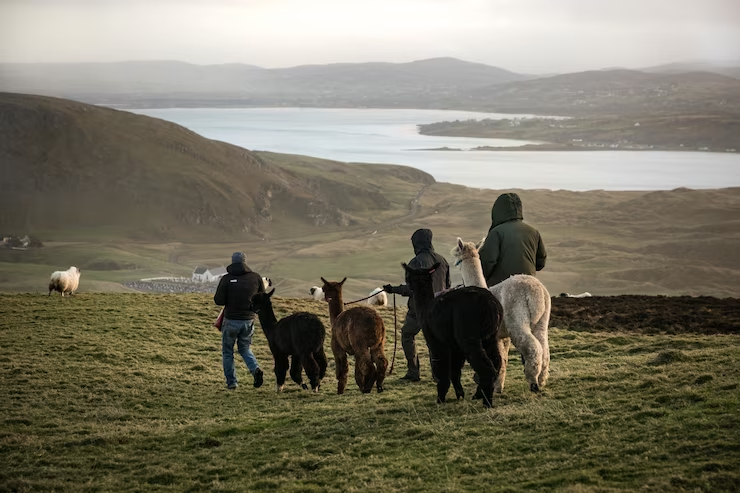
Unique Wildlife Watching in Iceland
Let’s talk about what makes Wildlife Watching in Iceland so special! Picture this: an isolated North Atlantic island separated from other landmasses for centuries. That’s the recipe for creating some extraordinary endemic species, my friends! Iceland hosts a variety of creatures that can’t be found anywhere else on Earth.
From charming puffins and majestic whales to those adorable Arctic foxes, the biodiversity here is a treasure trove that needs our protection. So, as we venture into the wild, let’s remember to appreciate and preserve these natural wonders.
Puffin Watching in Iceland
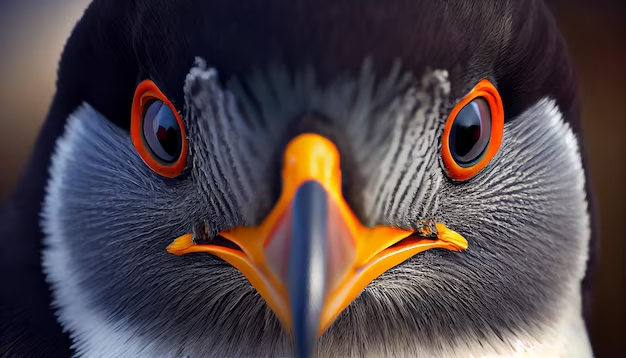
Ah, the beloved Atlantic puffins – the clowns of the sea! Their vibrant beaks and expressive eyes make them the stars of any wildlife show. Now, you might wonder, where’s the best spot to witness these cuties in action?
Well, let me share my insider tips! Head over to the Westman Islands or the Westfjords’ cliffs, and you will be in for a puffin party! And guess what? If you visit during the nesting season, you will get a front-row seat to witness their cozy family life. Trust me, it’s a show you won’t want to miss!
- Best locations: Westman Islands, Látrabjarg cliffs in Westfjords.
- Prime nesting sites: Burrows along cliffs and grassy slopes.
- Season: Late April to early August (breeding season).
- Behavior: Skilled fliers and divers, entertaining courtship dances.
- Photography tips: Use a telephoto lens, be patient, and maintain a safe distance.
Whale Watching in Iceland
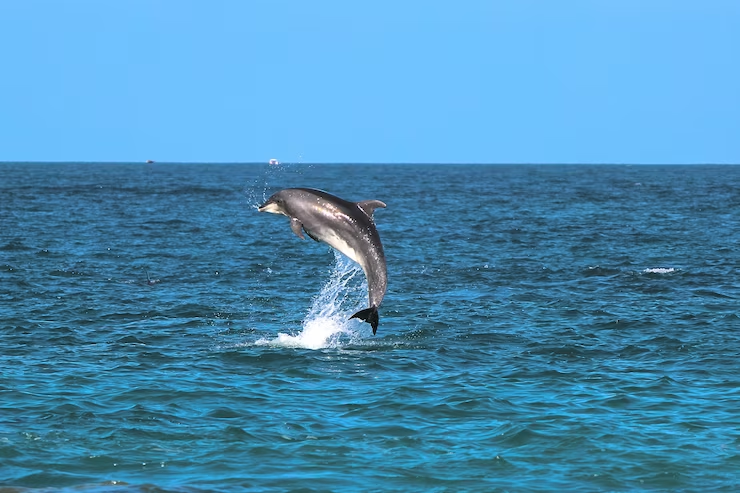
Are you ready to be blown away by some of the planet’s largest and most magnificent creatures? Then, Whale watching in Iceland is a must! These icy waters are a playground for humpback whales, orcas, and minke whales.
Plan your visit between April and October, and you will have the best chance of spotting these gentle giants. But let me tell you a secret – the real magic happens when you least expect it. So keep those eyes peeled, and you might catch a once-in-a-lifetime moment!
- Humpback Whales: Marvel at the acrobatic displays of humpback whales, known for breaching and waving their massive flippers.
- Orcas (Killer Whales): Witness the majestic orcas in their natural habitat, hunting in coordinated pods and showcasing their intelligence.
- Minke Whales: Spot the elusive minke whales, the smallest baleen whales, often seen gliding gracefully through the water.
- Blue Whales: If lucky, glimpse the magnificent blue whales, the largest animals on Earth, during their migratory journey.
- Best Time for Whale Watching: Visit between April and October for prime whale-watching opportunities when many species frequent Icelandic waters.
- Reputable Tour Operators: Choose well-established tour operators with experienced guides who prioritize the safety and well-being of the whales.
- Responsible Whale Watching: Practice ethical behavior, maintaining a respectful distance from the whales to minimize disturbance and protect their natural behaviors.
- Educational Experience: Learn about these incredible marine mammals from knowledgeable guides who provide valuable insights into their behavior and conservation efforts.
- Photography Tips: Capture breathtaking moments with your camera, and don’t forget to respect the animals’ space by using zoom lenses for close-ups.
Arctic Foxes in Iceland
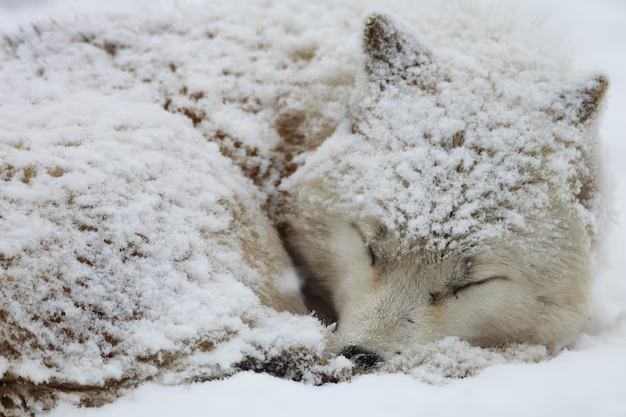
Let’s talk about the sly little foxes that call Iceland home. These cunning critters are the only native land mammals here, and boy, they are worth the effort to find! They have adapted to the unforgiving Arctic environment, and their winter coats are to die for!
Now, tracking down these elusive cuties requires patience and luck. But your heart will melt once you spot one peeking out from behind the rocks.
- Preferred Habitats: Arctic foxes are commonly found in Iceland’s remote and desolate regions, such as the coastal cliffs, lava fields, and mountainous areas.
- Camouflage Abilities: Their thick, fluffy winter coats are pure white, providing excellent camouflage against the snowy landscape.
- Seasonal Coat Change: In warmer months, their fur turns brown or gray to blend in with the earthy tones of the environment.
- Resourceful Hunters: Arctic foxes are opportunistic hunters, preying on birds, eggs, small mammals, and carrion.
- Survival Strategies: During harsh winters, when food is scarce, they store extra food by burying it in the ground—a behavior known as caching.
- Adapting to Climate Change: These foxes are known for their adaptability, which is critical as Iceland’s climate shifts due to global warming.
- Threatened Species: Though not endangered, Arctic foxes in Iceland face challenges due to the introduction of invasive species and human activities encroaching on their habitats.
- Conservation Efforts: Iceland’s conservationists and locals play a vital role in protecting these beloved creatures and their fragile ecosystems.
Best Wildlife Watching Tours
Guided tours are your golden ticket if you’re as eager as I am to maximize your Wildlife Watching in Iceland adventure! Picture this: having expert naturalists as your wildlife encyclopedias, providing you with fascinating insights and fun facts about the animals you encounter.
Not to mention the incredible photography opportunities they will guide you through, ensuring you capture those awe-inspiring moments forever.
Wildlife Watching Ethics
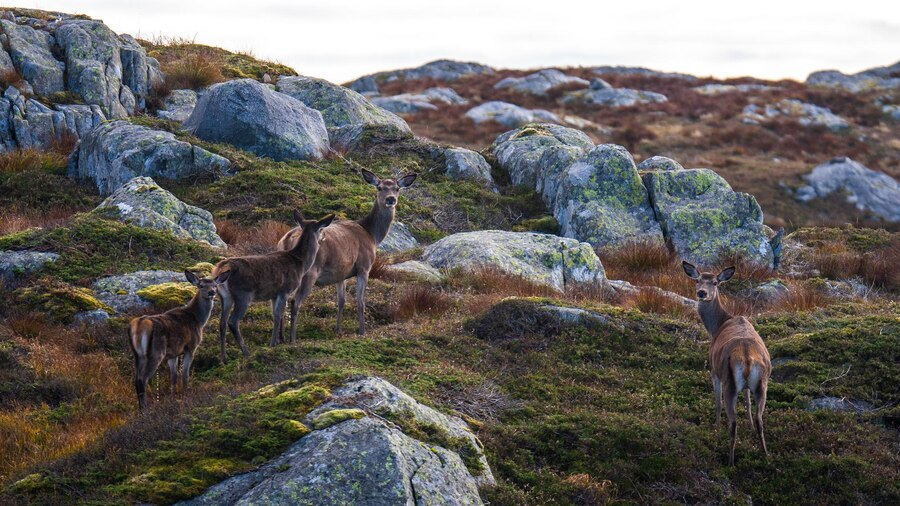
As much as we love getting up close and personal with these beautiful creatures, we must remember that we are just visitors in their homes. We must practice responsible Wildlife watching to ensure minimal impact and preserve the delicate balance of their habitats.
So, let’s embrace a ‘look, but don’t touch’ approach and maintain a respectful distance, allowing them to thrive undisturbed.
Safety Tips for Wildlife Watching in Iceland
Safety first, always! When you are out exploring Wildlife Watching Iceland’s landscapes, unpredictable weather is just a part of the adventure. So, make sure to dress appropriately, with layers that can handle sudden changes in temperature.
Familiarize yourself with wildlife behavior to avoid any risky situations, and remember, never get too close to animals that may feel threatened. Let’s keep this adventure safe and enjoyable for everyone involved!
Capturing Wildlife Moments
For all you shutterbugs out there, wildlife photography in Iceland is an absolute treat! To capture these stunning moments, ensure you have the right camera equipment, like a good telephoto lens for those faraway shots.
But remember, patience is the game’s name – Wildlife can be unpredictable, and the best shots often come to those who wait. And don’t forget, being a responsible photographer means not disturbing the animals just for that perfect shot.
Conclusion
Wildlife Watching in Iceland is a living testament to the beauty and resilience of our natural world. Our adventure into this magical realm has shown us the wonder of puffins, the grace of whales, and the charm of Arctic foxes. As we reflect on these unforgettable moments, remember to be mindful of our impact on these precious creatures and their habitats.
By embracing eco-tourism and responsible Wildlife watching, we can ensure that Iceland’s wilderness remains a sanctuary for generations. So, let’s cherish these memories and continue to protect this paradise of wildlife wonders.







































